Metroid Game By Game Reviews: Metroid Prime 2: Echoes
Revenge of the sophomore slump.
This article first appeared on USgamer, a partner publication of VG247. Some content, such as this article, has been migrated to VG247 for posterity after USgamer's closure - but it has not been edited or further vetted by the VG247 team.
People who follow music have undoubtedly heard the phrase "the difficult second album" tossed around at some point. It's an undeniable phenomenon in the music industry, as second albums by an artist rarely turn out as well as the first. In video games, however, the opposite usually holds true. Sophomore albums slump; video game sequels soar.
You can pin this down, for the most part, to the fundamental differences to the creative processes that drive each medium. Musicians tend to develop material for years before they finally have the chance to properly record and release their works on a debut record. But once the record hits, their work suddenly becomes about supporting and promoting that release. They tour, they hit the talk circuit, and they generally devote their entire existence to making sure the album climbs the charts and stays there. Suddenly, the time they used to spend creating new material becomes crowded out by the need to sustain their published work. Amidst all these distractions, few musical artists can produce a follow-up that hits with the same impact as their freshman effort.
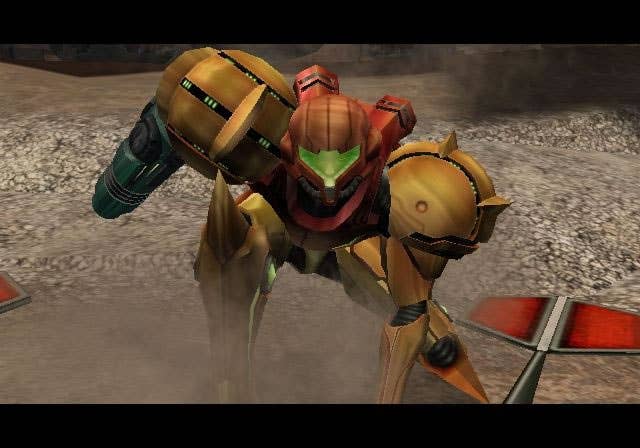
Games, on the other hand, work on another kind of rhythm. They're large, singular constructs built of many moving parts, often by entire teams of people. Games are systemic in nature, and first works rarely manage to line up all those systems to operate in harmony. Sequels therefore offer game creators a chance to revisit the processes, to improve the balance of their play mechanics, to smooth over the elements that didn't work the first time around. What video game sequels lack in invention they make up for with refinement, resulting in a superior experience for players.
Well, usually. The Metroid series, unfortunately, has always had trouble with second chapters. Metroid II was interesting, but compared to the original (and Super Metroid a few years later) it turned out something of a sprawling, unfocused mess. More than a decade later, Retro Studios fell into the same trap with their own sequel to franchise spinoff Metroid Prime. Like Metroid II, Metroid Prime 2: Echoes was also interesting, but it's probably the closest the series has ever come to collapsing under its own creaking weight.
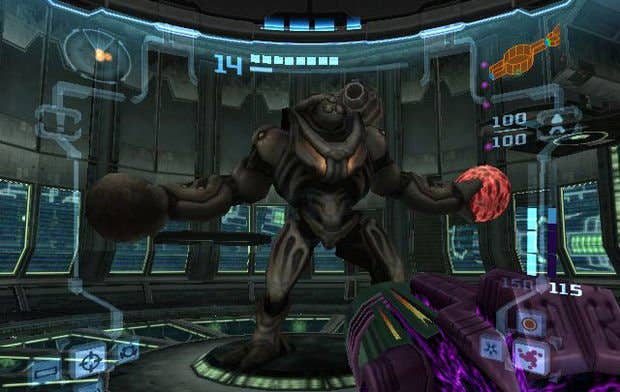
As we've seen a few times already across these Metroid retrospectives, the series' greatest enemy can often be its own creative successes. Nintendo and Yoshio Sakamoto faced this conundrum with Fusion, forced to top a work as fundamentally complete and self-contained as Super Metroid. Retro struggled with the same challenge while designing the original Prime, but they had an easy out: They shifted the action into a third dimension of movement, and into a different play perspective; even though their creation largely duplicated the design and beats of Super Metroid it felt fresh and different.
That trick only works once, though. So, when it came time to make a sequel to Prime, however, Retro had to grapple with the same question that Fusion's creators had faced a few years prior. This time, however, Retro had raised their own stakes: Not only did they have to improve on Super Metroid, they also had to top their own brilliant 3D adaptation of Super Metroid. Metroid Prime 2 had very large shoes to fill.
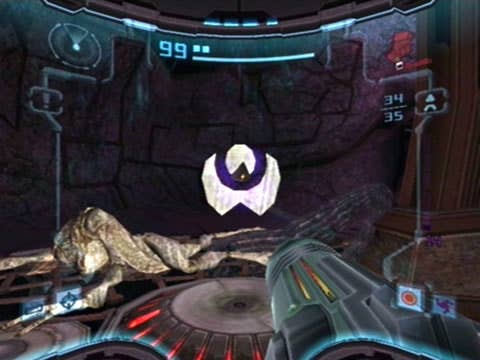
It largely failed. Then again, you can make the argument that Retro didn't try to fill its predecessors' shoes so much as come up with an entirely new set of footwear altogether. Metroid Prime 2: Echoes carries over the usual mechanics and tools of the Metroid franchise, but much like Metroid II for Game Boy, it does so in service of an adventure that doesn't quite resemble Metroid as fans have come to think of it.
In fact, I would put forward the notion that the game Echoes most resembles isn't any other Metroid at all, but rather The Legend of Zelda: A Link to the Past. There's always been a thin line between Metroid and Zelda; each series feels like a different answer to the essay section of the same test. One uses side-scrolling and first-person perspectives, the other a top-down and behind-the-shoulder viewpoint. One emphasizes ranged combat and seamless tool use; the other emphasizes melee attacks and an elaborate interchangeable inventory system. But ultimately, both Metroid and Zelda are about exploring a world through personal empowerment and by decrypting environmental puzzles.
Echoes further blurs the line between the two franchises by embracing one of the Zelda series' favorite mechanics: A dual-world system. A Link to the Past had its Dark and Light Worlds; Minish Cap had the standard point of view and the shrunken Minish world; and a couple of years after Echoes, Twilight Princess would bring its Twilit Realm into play. Echoes takes its cues directly from A Link to the Past, dividing its game world — a planet called Aether — into those same two realms: Light and dark.
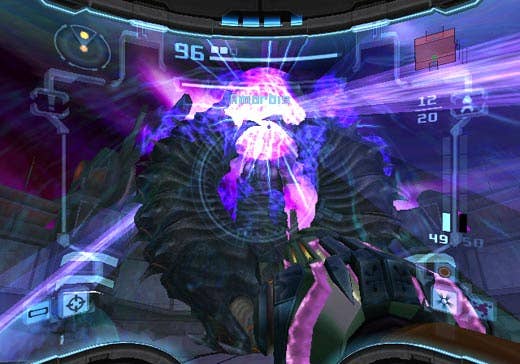
This dark world has a difference, though: It's intensely deadly, and poor Samus Aran finds her health dwindling rapidly whenever she ventures away from the light. In practice, this more or less functions like the superheated zones introduced by Super Metroid: They create passages you can peek into but not safely explore until you acquire the proper suit further down the line. Occasionally you come across areas where you need to lead Samus through corrosive dark by way of successive, temporary safe zones — think Sonic the Hedgehog surviving underwater by moving from one air pocket to the next. But the real impact of Echoes's dark world (called Dark Aether) is more psychological than mechanical. It causes the whole of Echoes to feel oppressive and suffocating, even more so than the bleak minimalism featured in the series' 8-bit entries.
Further reinforcing that sense of clammy desperation, Echoes made a radical change to the beam weapon inventory system that had debuted in Prime. In addition to requiring Samus to toggle beams constantly to deal with shifting combat and exploratory situations, Echoes turned Samus's beams into expendable utilities — a mechanic traditionally reserved for her high-powered alternate weapons like Missiles and Power Bombs. This was justified somewhat by the fact that the game begins (once again) by stripping away most of the powers Samus collected in her previous adventure and forcing her to acquire all-new capabilities suited to the new world she explores, but adding resource management to the existing need to switch back and forth to hit enemies' weak points adds an enormous element of stress to the adventure.

In a lot of ways, Echoes also seems to have been influenced by Metroid Fusion. The Dark Aether has a sort of sentience about it reminiscent of Fusion's X parasites; it can even slip into corpses and reanimate them as bodies. The damaging effects of the dark world give the game a sensation similar to Fusion, too, as Samus spends much of the quest weak and vulnerable but eventually acquires the tools (in this case, the Light Suit and Annihilator Beam) to become a near-untouchable force of destruction. Oh, and there's also the game's direct analogue to the SA-X: Dark Samus.
Just as Samus was stalked by a violent, murderous reflection of herself on Fusion's Biologic Space Lab station, she has to contend with a new doppelgänger on Aether as well. Dark Samus keeps the series' title relevant — in reality her "clone" is Metroid Prime, the out-of-control genetic experiment she defeated at the end of the previous game, which has taken possession of her old Phazon suit and seems to be running around with its own agenda. It's neither as fixated on Samus nor as overwhelmingly deadly as the SA-X, but there's no denying the similarity.
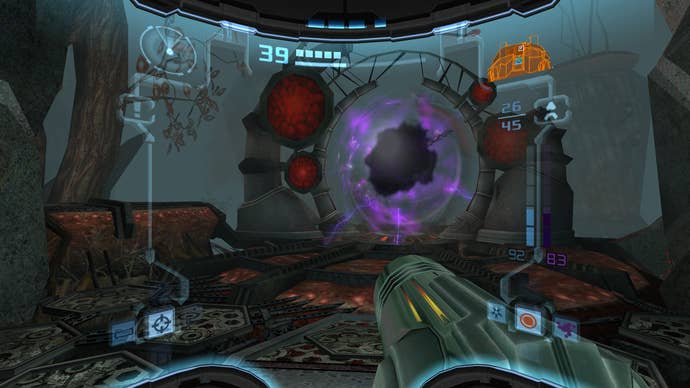
If all these comparisons to other games give the impression that Echoes is something of a game without its own identity, well, it's a fair criticism. In attempting to avoid creating a game that felt too much like a retread of the first Prime, Retro created a game that casts about for inspiration and ends up a hodgepodge of influences and ideas. It recaptures much of Prime's magic, such as its largely discretionary scan-based narrative and memorable boss battles (the Spider Guardian and Quadraxis battles remains high-water marks for Metroid bosses). At the same time, though, it has a weird pace and an off-putting, punishing feel that doesn't quite resonate with the rest of the Metroid series.
In fact, that's Echoes's greatest failing: It sits at odds with other Metroid games. The entire episode feels like a throwaway episode, despite the return of Metroid Prime itself. Samus becomes caught up in some heretofore unheard-of war between two unknown races on some planet never seen outside of this game. She uses tools and powers that don't appear in any other adventure while contending with hazards and monsters unique to this game. That's not bad, exactly, but it puts Echoes in the same class as Metroid II: An oddball outlier in its own series. Even the galaxy's greatest bounty hunter has trouble with those difficult second albums, it seems.
ConclusionWhile it makes for a decent standalone adventure, Echoes has had no real impact on the rest of the Metroid franchise. It's a collection of ideas and experiments that don't quite gel and were quickly forgotten. If not for the presence of Metroid Prime and the minor narrative link this creates between the first and third games—a far less significant link than Metroid II's bridge to Super Metroid, it should be noted—you could easily forget Echoes ever existed. Still, a handful of clever puzzles and brilliant boss battles just might make this worth the hardcore Metroid fan's time.
